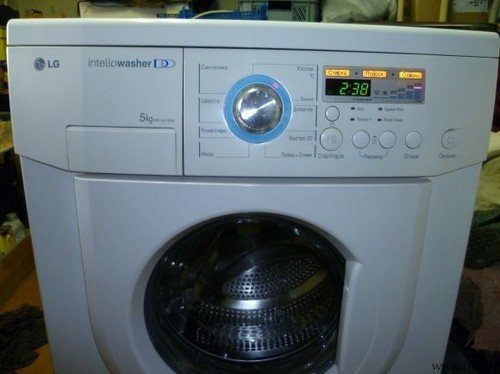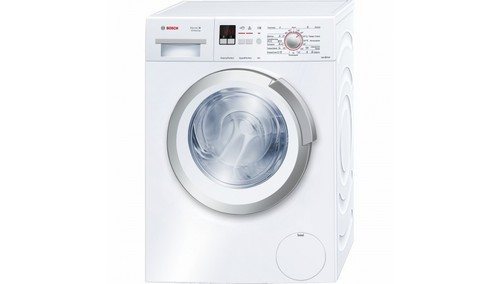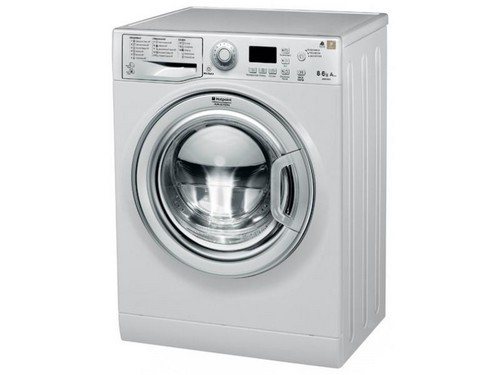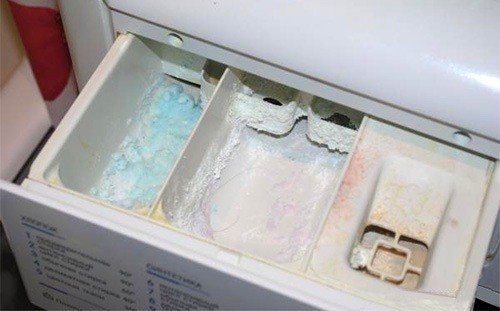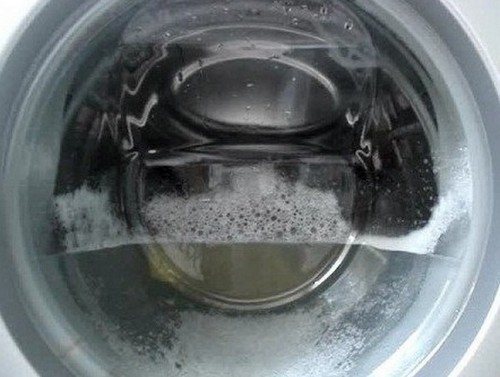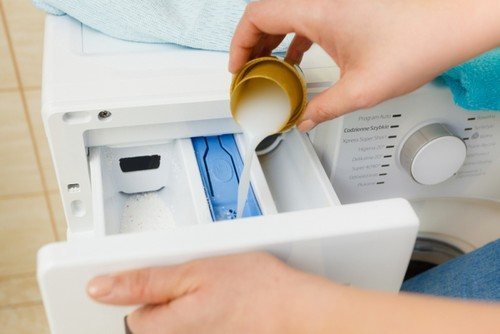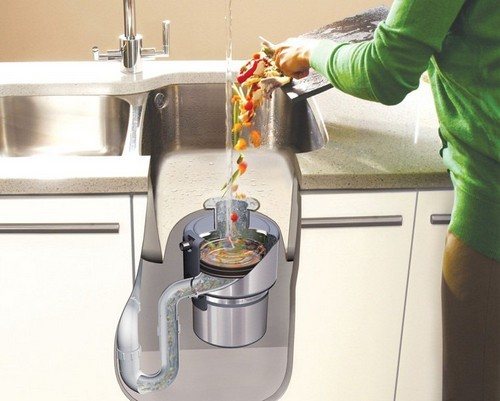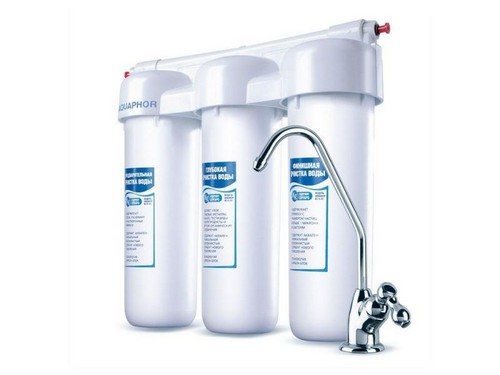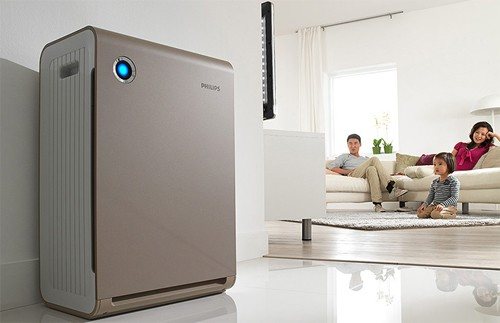Atlant is a good domestically produced washing machine that has a modern self-diagnosis unit. This block identifies possible breakdowns and displays appropriate code messages for the user. Such Atlant washing machine fault codes allow the owner to accurately identify the problem and, subsequently, fix it.
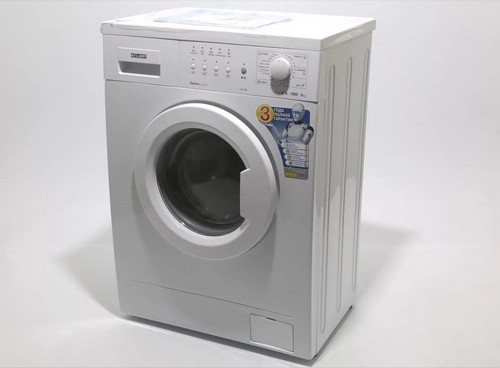
A fault code occurs when the washing machine is unable to perform any of its functions. There are two options:
- Your machine has a display. Then the fault code is clearly displayed on it.
- The car does not have a display. The code is then encrypted using various indicator lights on the dashboard.
After receiving the code, you can decrypt it based on the data presented below. All codes are distributed according to their serial number, starting with the smallest and most common. Each paragraph of a specific code sequence first talks about the source of the problem, and then about the likely methods of diagnosis and solution.
- “Sel” error or there are no LED signals.
Reason: a malfunction occurred related to the washing program selector.
Further actions: you need to make sure that the selector itself is operational; if it is, then check the controllers connected to it, otherwise you will have to replace the selector.
- Error “None” or all possible indicators are lit.
Reason: you went too far with the amount of powder. You need to use less quantity.The second option is also possible: perhaps you simply chose the wrong washing program for a certain type of fabric.
How to fix it: either deprive the machine of electrical power, take out the items, get rid of the foam, or try, if the previous did not help, adjust the choice of washing program. If the problem with foam does not disappear, then try changing the brand of washing powder manufacturer.
- Error “F2” or marker number 3 glows.
Source of failure: the heating element, the element responsible for heating, is most likely broken. It is also possible that the triac, which is located on the electronic control unit, may fail (the triac is responsible for supplying electrical voltage to the heater - heating element). A possible option: a malfunction of the temperature sensor, but this outcome has the least chance.
Further actions: carry out a full check to see whether the electrical wiring inside is intact, and whether the heating element is operational. Check the integrity of the temperature sensor. If a problem was found inside the sensor or heating element, they will have to be replaced with new ones.
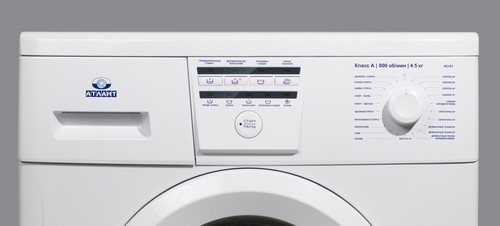
- Error “F3” or signals from the 3rd, 4th LED indicators.
Reason: this code almost certainly indicates a failure of the heating element (heater).
Further actions: it is necessary to carry out monitoring regarding the serviceability of the heating element and the serviceability of adjacent electrical circuits. You also need to check the control module for damage. Replace the faulty part.
- Error “F4” or signal from the 2nd indicator light.
Reason: complex malfunction of the pump responsible for draining water. Thus, the computer tells the owner that it is not possible to drain the liquid within the required period of time. More specifically, most likely the ultimate problem lies in the breakdown of the drain pump. The filtration system may be clogged.
Further actions: checking the passability of the common drain module. If foreign objects are found in the pump, they should be removed. If a filter blockage is detected, get rid of it. Don’t forget also about the electrical circuits (their serviceability), as well as the control module.
- Error “F5” or the signal of the 2nd, as well as the 4th indicator light.
Reason: most likely the fill valve is faulty. Perhaps the filling hose is located too low, as a result, the draining liquid leaves by gravity. A less likely situation is that the pressure inside the hose with incoming water is too low for correct operation, but this possibility should not be excluded from the general list. It is even possible that the inlet filter is simply clogged.
Further actions: perform a general check of the intake system, and if necessary, clean the filter. Measure the water pressure (this is especially true for non-urban areas). If you still cannot find the problem, examine the solenoid valve and the adjacent electrical circuits for correctness. Again, check the integrity of the control module.
- Error “F6” or signals from the 2nd, 3rd LED indicators.
Meaning: in this case, everything is quite clear - the reverse relay has broken.
Further actions: check the relay and replace it.Just in case, check the engine operation.
- Error “F7” or signals from the 2nd, 3rd, 4th LED indicators.
Reason: the whole thing is either in the electrical supply or in the control unit of the washing machine. If the code occurs at a voltage between 200 and 240 IN (at normal voltage), then the reason is definitely in the control unit.
How to fix it: find the source of interference in the electrical supply (mains), and if found, correct it. Check the functionality of the module that performs control.
- Error “F8” or the 1st indicator is lit.
Meaning: tank is full. The problem is either a malfunction of the valve that supplies water. There may also be a malfunction of the pressure switch, whose function is to determine the water level. A rare case - the pressure of the incoming water is too high, the water begins to leak.
Repair: check the pressure switch, as well as the electrical circuits adjacent to it. Check the control module and the cylinder tightness. Make sure that the water pressure is not too high and that the inlet valve is open.
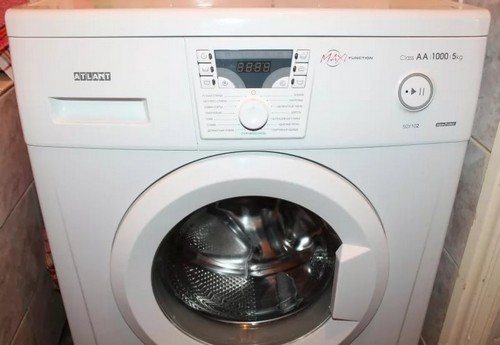
- Error “F9” or signals from the 1st, 4th LED indicators.
Reason: the tachogenerator is broken.
Further actions: it is necessary to check the tachogenerator for operability, make sure the integrity of the electrical circuits. If necessary, replace the part.
- Error “F10” or signals from the 1st, 3rd LED indicator.
Explanation: The washing machine cannot lock the loading hatch. In this case, the machine simply will not turn on. There may also be a malfunction of the control element in the corresponding unit.
Next steps: Check that the door is closed. Check the functionality of the electric lock and the electrical circuits adjacent to it.Don't forget to check the electronic module.
- “Door” error or signals from the 1st, 3rd, 4th LED indicators.
Reason: the hatch lock is broken.
Further actions: check whether the loading hatch is closed tightly enough, whether the mechanism can close tightly enough in principle. Check the serviceability of the lock mechanism and electrical circuits.
- Error “F12” or signals from the 1st, 2nd LED indicators.
Cause: engine malfunction.
Further actions: check the operation of the engine and the integrity of its circuit. It is also necessary to check the correctness of the connections of the electrical circuits and the control module.
- Error “F13” or signals from the 1st, 2nd, 4th LED indicators.
Cause: In this case, most likely in the internal electrical circuit.
What to do next: check all electrical circuits.
- Error “F14” or signals from the 1st, 2nd LED indicators.
Reason: clear software glitch.
Further actions: you will need to replace the entire electronic module.
- Error “F15” (no signal code provided).
Reason: most likely a leak.
Further actions: check whether the cuffs of the loading hatch are installed correctly. It is also necessary to check the integrity of the tank and drainage system.




